*RARE WWII D-Day Caumont l'Evente Normandy France - June 1944 Liberation Flag
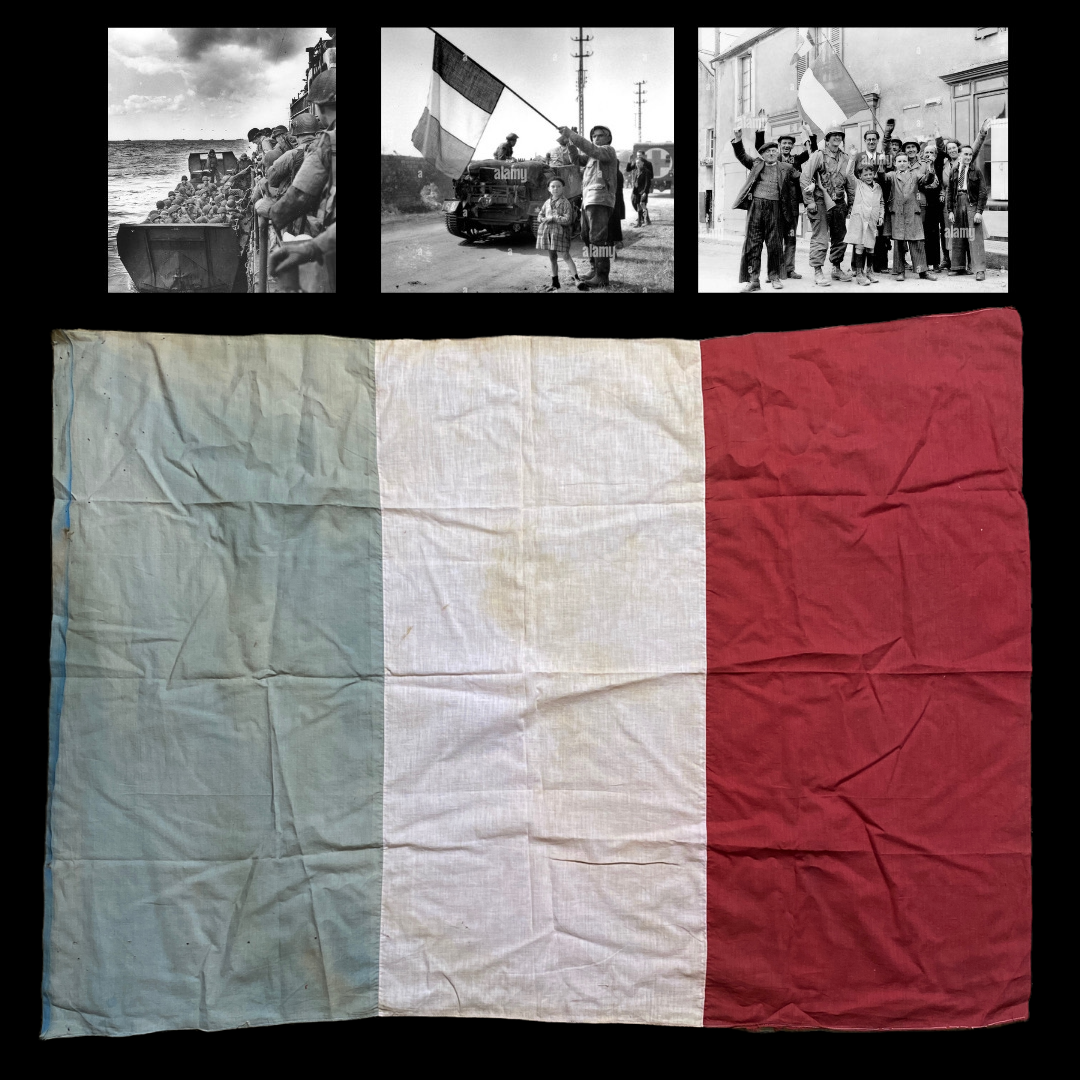

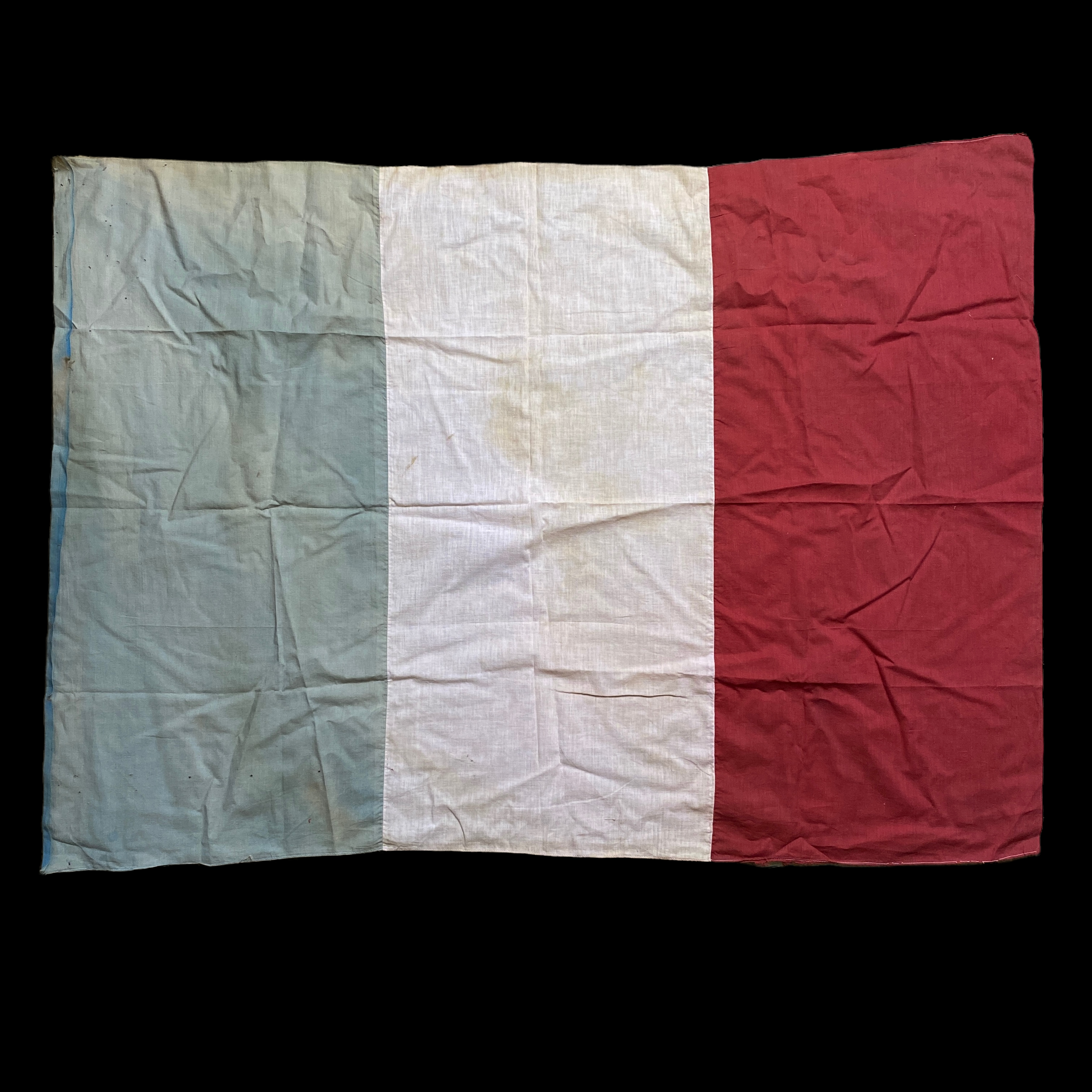
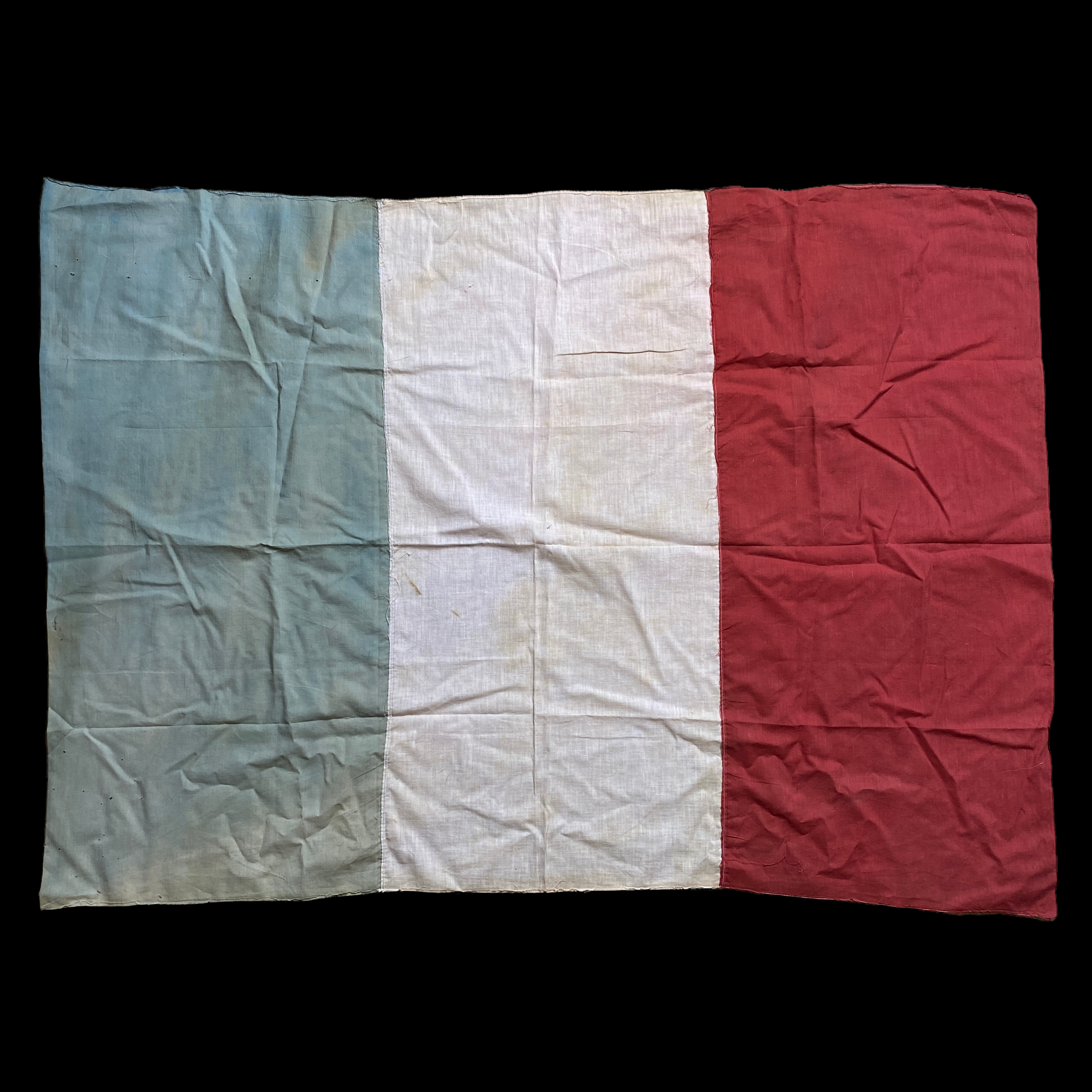
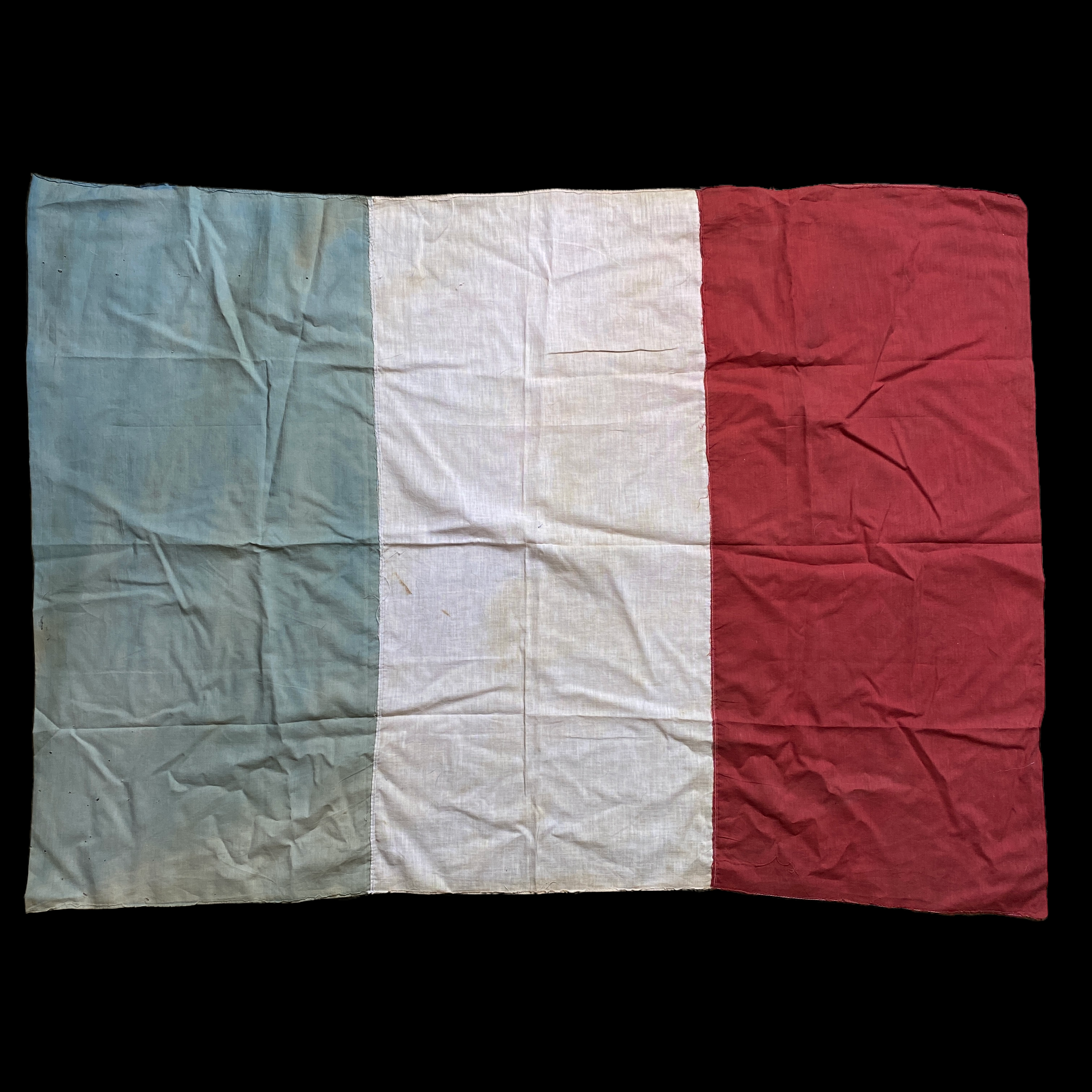

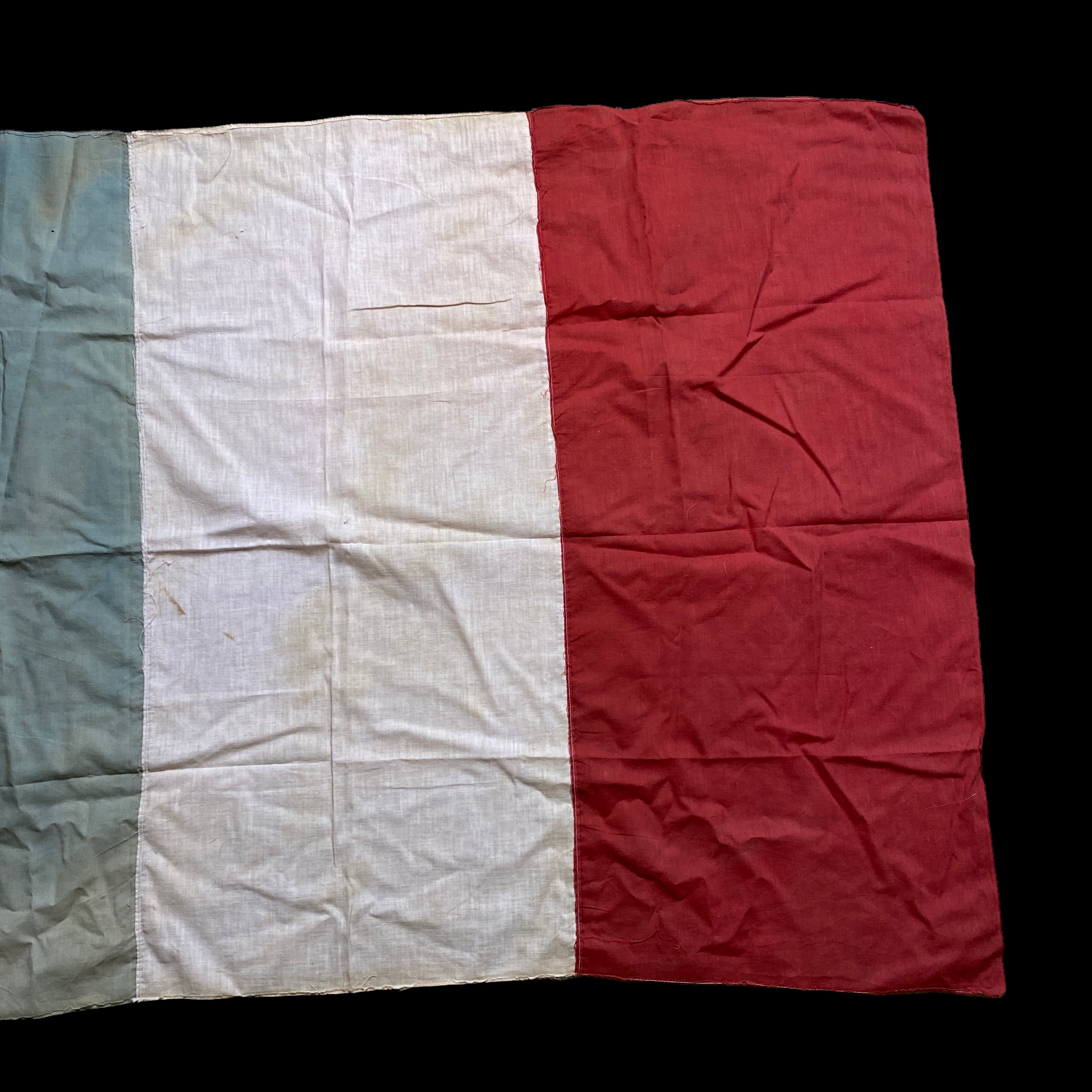

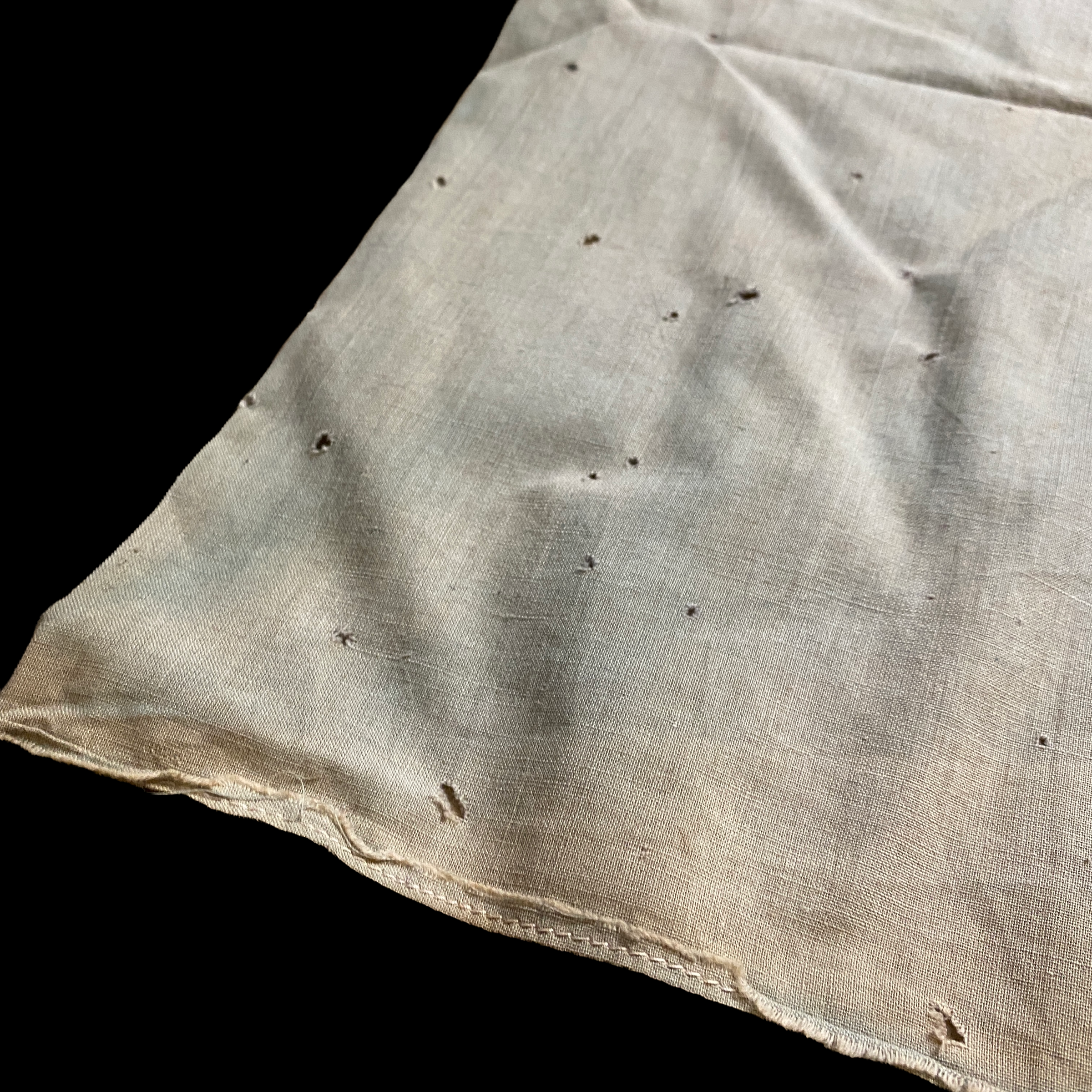


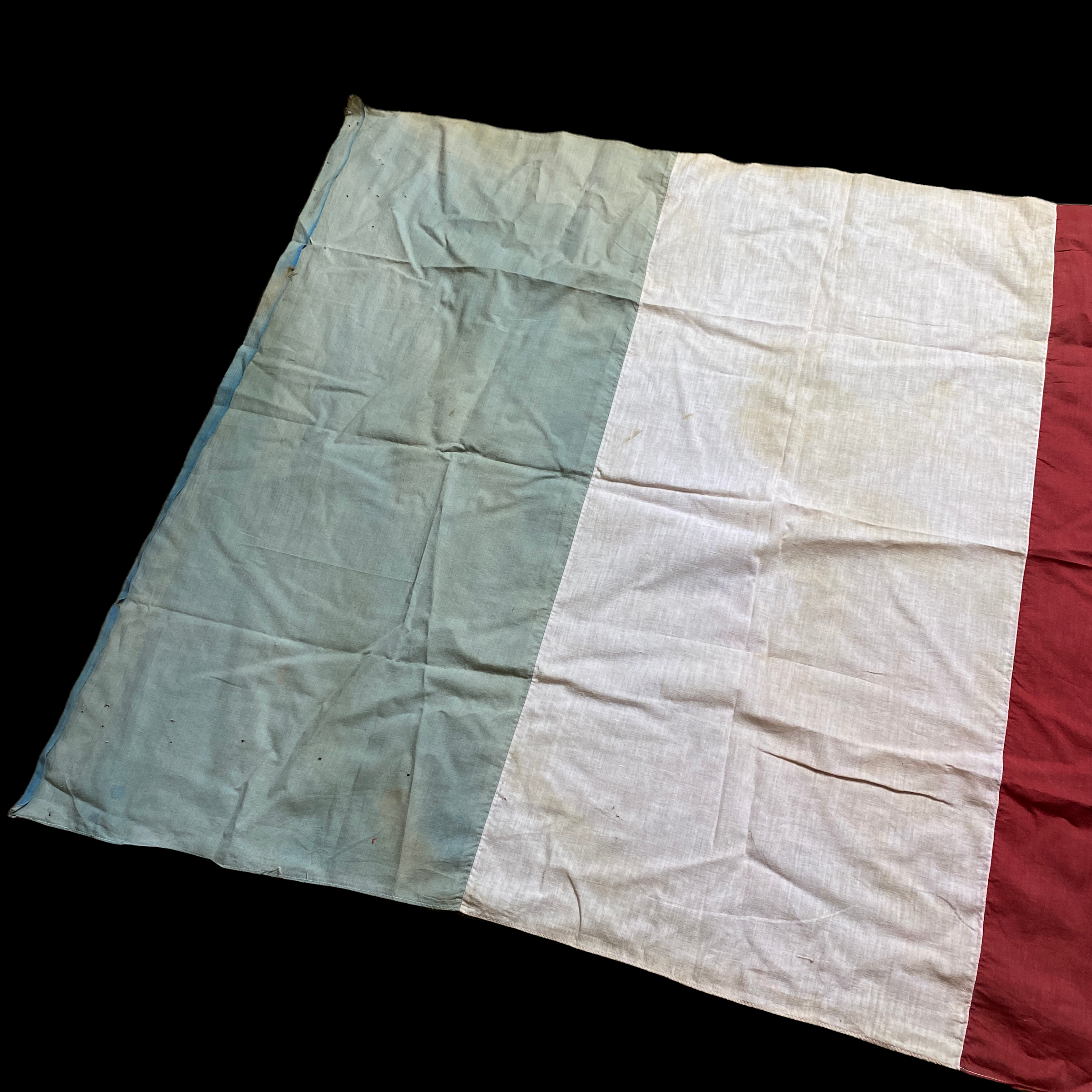
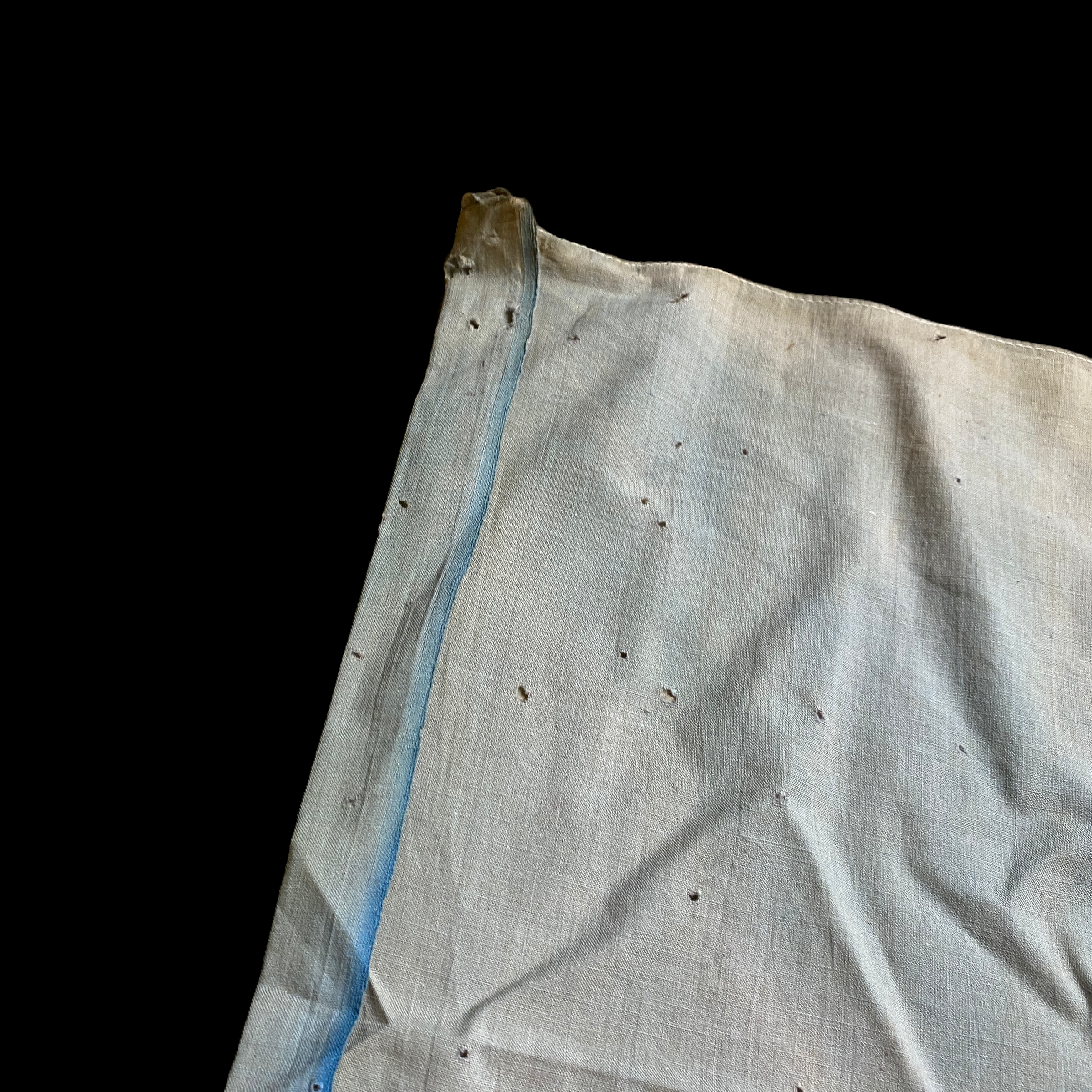

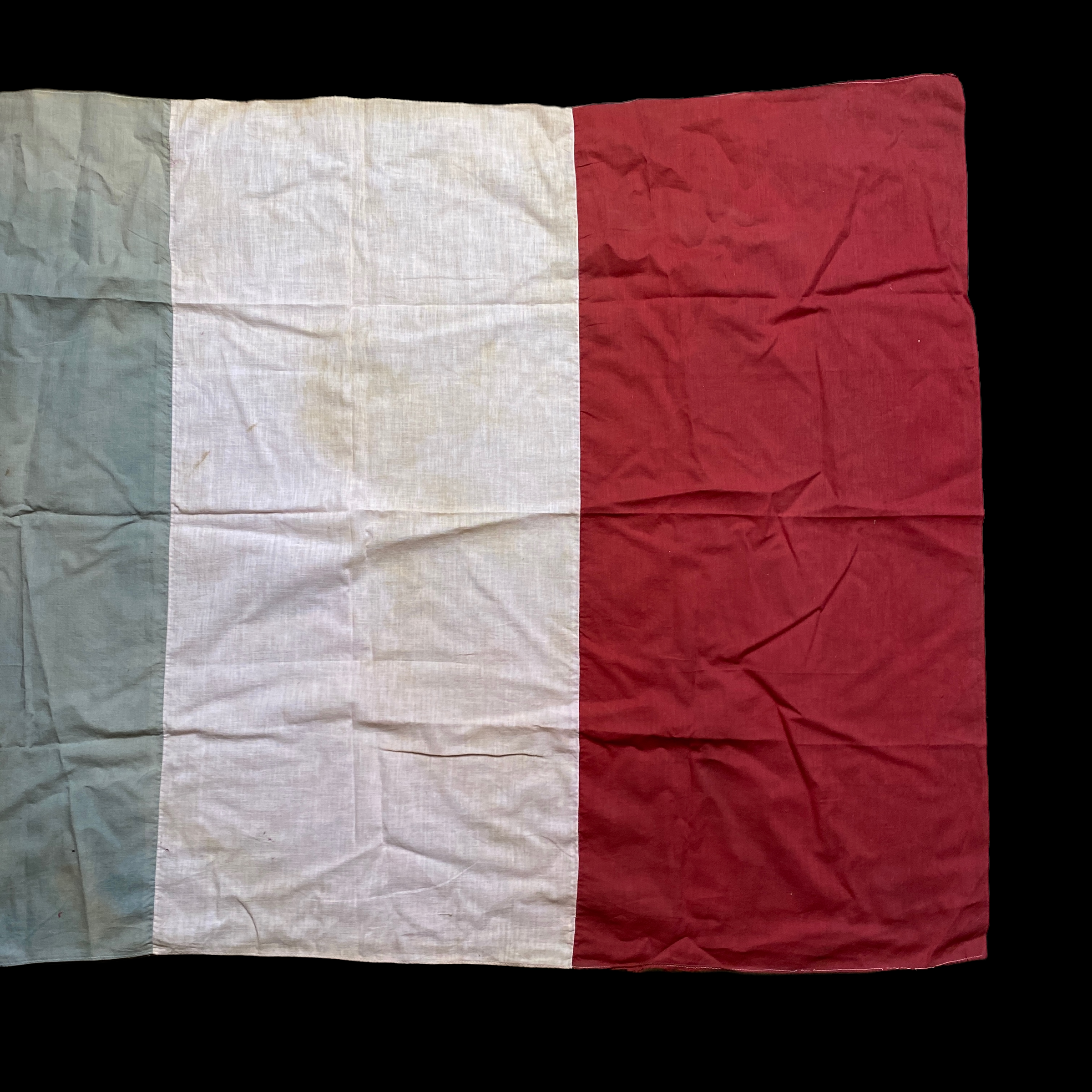
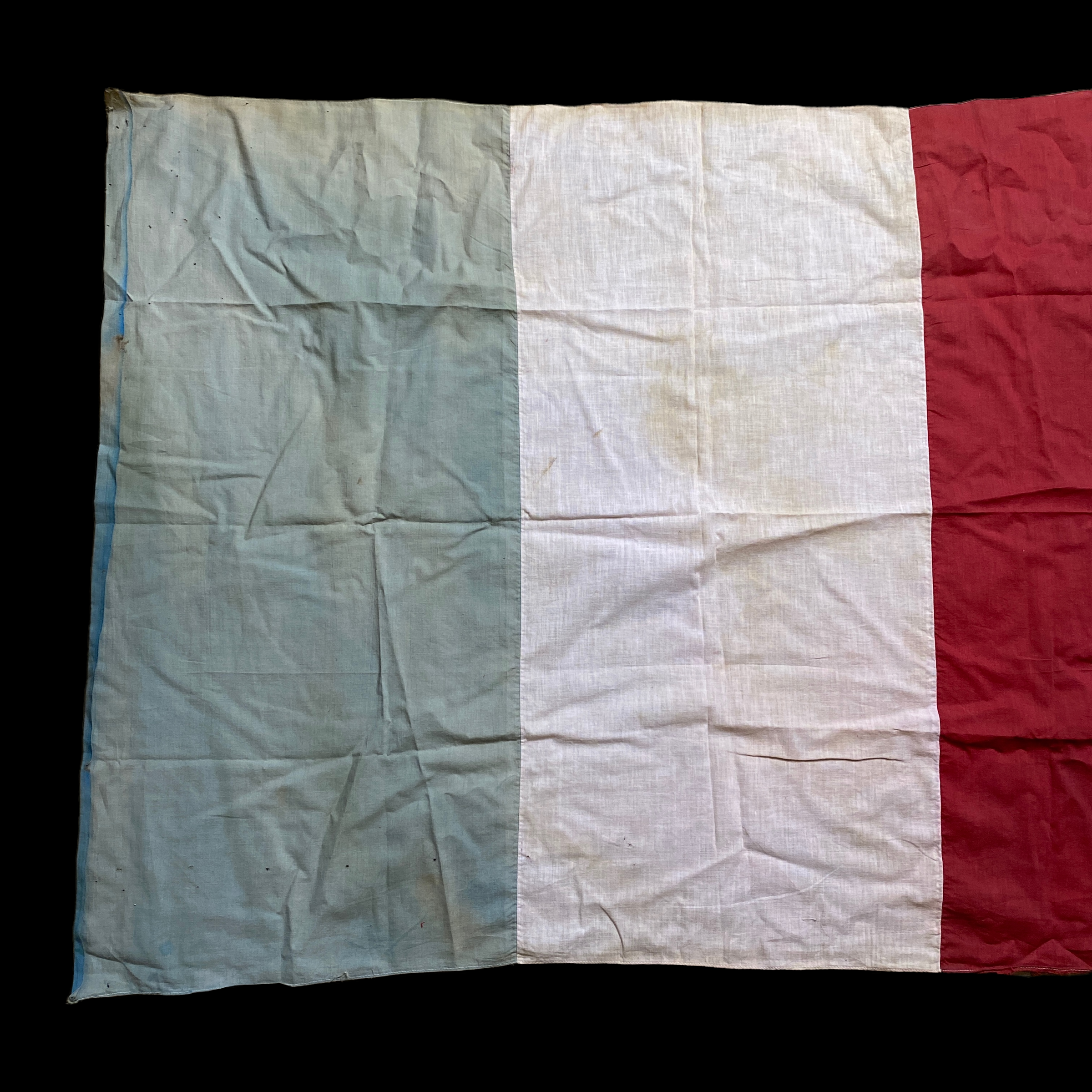
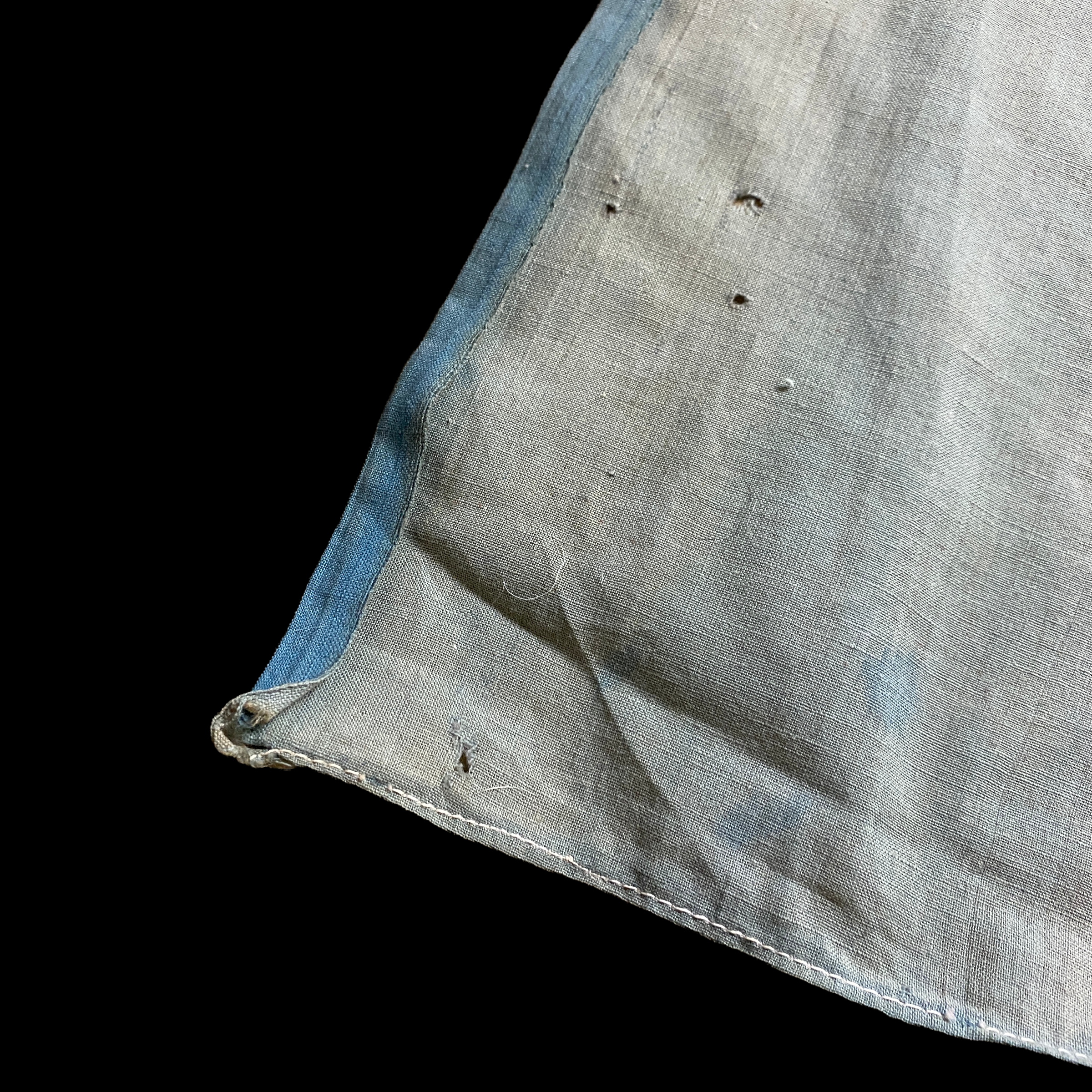
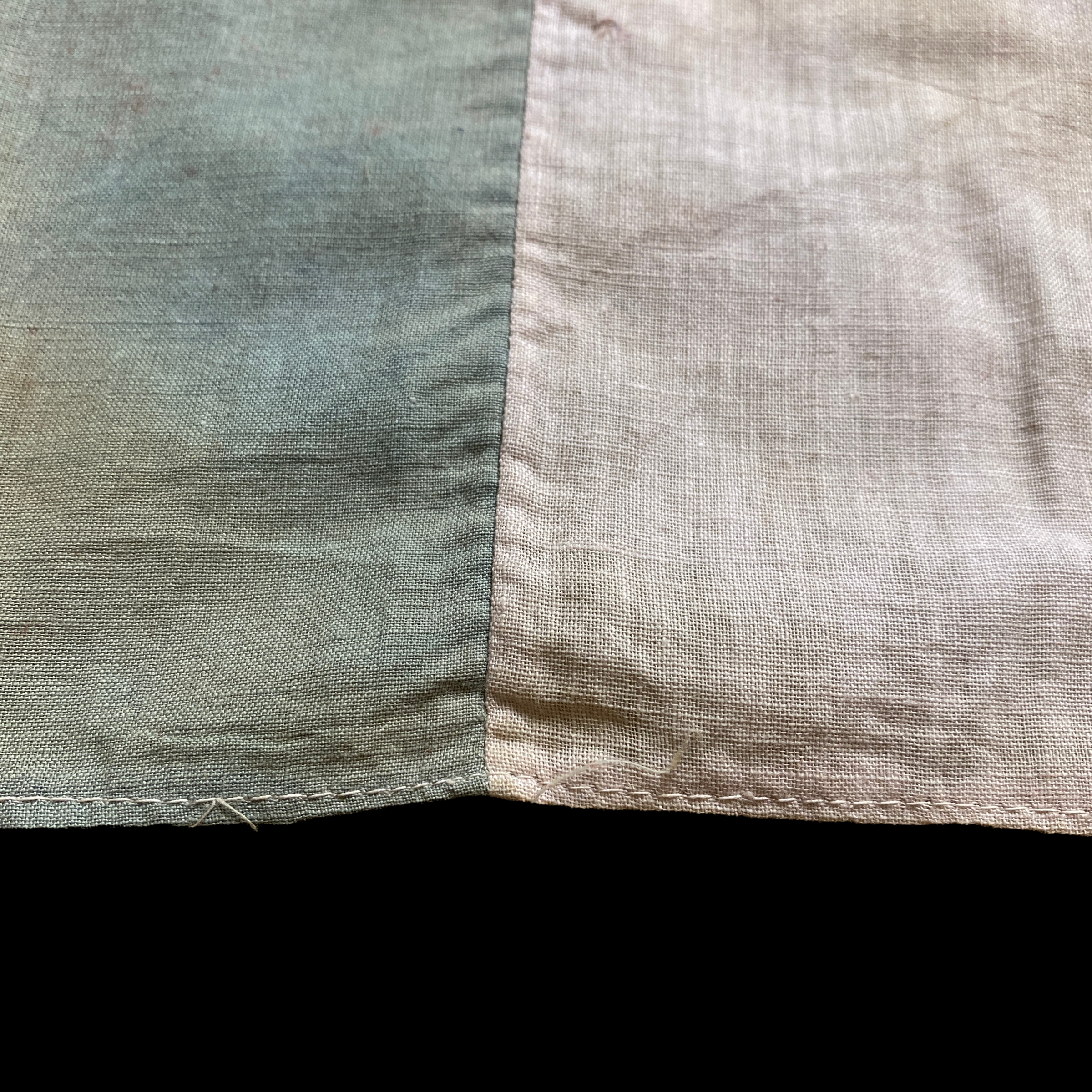

*RARE WWII D-Day Caumont l'Evente Normandy France - June 1944 Liberation Flag
Comes with hand-signed C.O.A.
This incredibly rare and museum-grade WWII handmade France liberation flag was hastily created and used for the American, British, and Canadian Allied liberation of Caumont l'Evente, Normandy, France. Located near the Omaha, Juno, Sword, and Gold amphibious landing beaches the front line of the Allied advance from the Normandy beachhead reached the town of Caumont l'Evente on June 12th, 1944.
Operation Overlord called for the British Second Army to assault between the River Orne and Port en Bessin, capture the German-occupied city of Caen and form a front line from Caumont-l'Éventé to the south-east of Caen, in order to acquire airfields and protect the left flank of the United States First Army while it captured Cherbourg.
The French city of Caumont l'Evente was occupied by German forced during the initial D-Day landings on June 6th,1944. It was also most likely a refuge for a short time for retreating German units from the French town and coastal fortifications.
In anticipation of the Allied liberation of their town, many citizens in France secretly made Allied and French “Liberation Flags”. Their make-do attributes are nearly limitless. A lack of specific knowledge about the flag itself, a lack of time, and a lack of suitable materials in an utterly devastating region combine to result in a collection of flags where nearly every example is unique and rare. French civilians caught making liberation flags during the German occupation were executed immediately.
In order to increase the chances of success of the Overlord operation, the French networks receive a succession of orders to get into action, through the “personal messages” of the B.B.C. Each coded sentence is sent to a particular network, which knows its meaning and date of execution, in order to begin the sabotage actions and to disrupt the German forces.On June 5, 1944, at 9:15 pm, the following messages were broadcast: “… wound my heart with a monotonous languor”: the resistors have 48 hours to carry out the destruction. By inference, some networks probably established that Operation Overlord would take place in the next 48 hours.
In total, nearly 1,000 secret sabotages were carried out by the French resistance from June 5th to 6th, 1944. In the evening of June 6, 1944, the losses of Normandy resistance fighters are estimated at 124 killed, wounded, missing or taken prisoner. Their excellent knowledge of the Normandy terrain represented an undeniable added value for dismounted troops and airborne units.
To think of this French flag being made as the civilians in the town of Caumont l'Evente heard Allied landings on the distant beaches makes this a very interesting flag and WWII D-Day artifact.
The role of the French resistance during the Battle of Normandy:
After the landing, the Resistance continued to provide intelligence to the Allies throughout the Battle of Normandy. At the beginning of July 1944, when the front stagnated at the same time as it entered the war of hurdles, the acquisition of information on German positions and devices remained limited; the Allies ask the resistance, via the S.O.E., to obtain a maximum of information. From July 12 to 21, 31 resistance fighters provide information that is immediately exploited by the Americans: bombarding the armored groupings in the south of the Channel, they pierce the front as part of the operation Cobra from July 25.In order to limit the arrival of future German reinforcements to Normandy after the landing, French commandos were parachuted above Brittany. These side operations took place in June (named Cooney Parties, Lost and Grog) and in August 1944 (Derry), with the participation of 538 paratroopers of the Special Air Service (S.A.S.). They coordinated the various resistance networks to fight effectively against the occupier.In anticipation of the Allied liberation of their town, many citizens in France secretly made Allied and French “Liberation Flags”. Their make-do attributes are nearly limitless. A lack of specific knowledge about the flag itself, a lack of time, and a lack of suitable materials in an utterly devastating region combine to result in a collection of flags where nearly every example is unique and rare. French civilians caught making liberation flags during the German occupation were executed immediately.